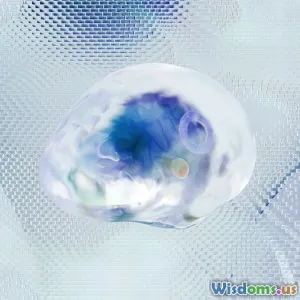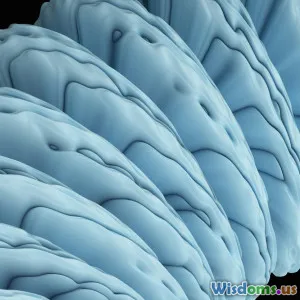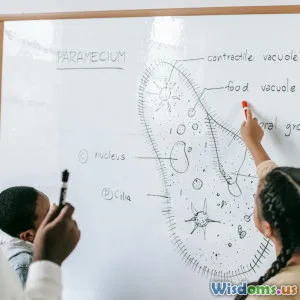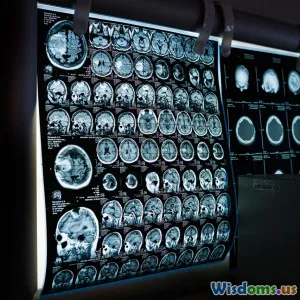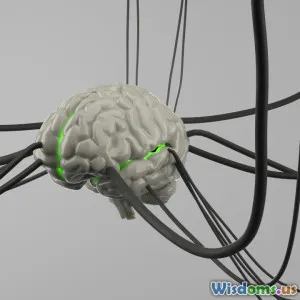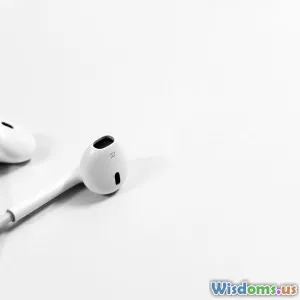
Comparing Language Functions in Left and Right Hemispheres
14 min read Explore how language functions differ between the brain's left and right hemispheres, highlighting key research and practical examples. (0 Reviews)
Comparing Language Functions in Left and Right Hemispheres
Human language is a hallmark of our species, shaping how we communicate, think, and share ideas. But how does our brain orchestrate such a complex ability? The answer lies not just in specialized "language centers," but in the strikingly lateralized structure of our brain hemispheres. For decades, researchers have delved into how the left and right hemispheres contribute distinctly to our linguistic prowess. Understanding these differences sheds light on language disorders, informs rehabilitation, and enhances our appreciation of the brain's elegant design.
Anatomic Fundamentals of Cerebral Hemispheres
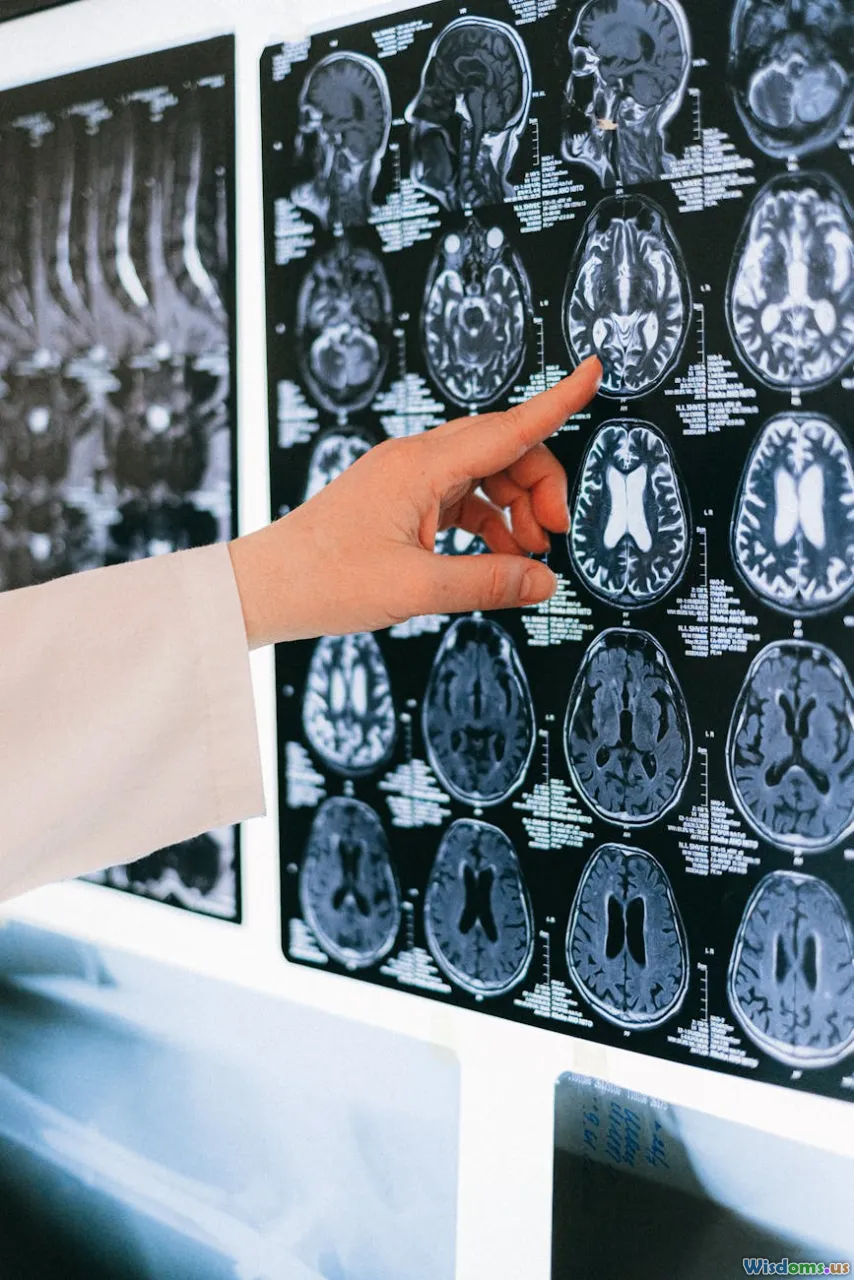
Both hemispheres of the cortex appear physically symmetrical, yet their functional specializations are strikingly asymmetrical. The left hemisphere traditionally takes the lion's share of direct language-related processing, but the right plays a subtle, equally vital role.
Key Left Hemisphere Language Areas
- Broca's area (inferior frontal gyrus): Often called the 'speech center,’ involved in language production and grammatical structure formation.
- Wernicke's area (posterior superior temporal gyrus): Crucial for language comprehension.
- Arcuate fasciculus (white matter tract): Connects Broca's and Wernicke's areas, allowing for the integration of comprehension and speech.
Right Hemisphere Contributions
What about the right hemisphere? Long seen as the “silent partner,” neuroimaging and lesion studies illuminate its critical contributions—especially in managing pragmatic aspects, prosody (intonation and rhythm), complex metaphor understanding, and emotional overlays in language.
Example: Stroke Patients
Left hemisphere strokes often cause aphasia (loss of language ability), highlighting its central role. Right hemisphere strokes, in contrast, might leave basic speech intact but severely impair joke comprehension, figurative speech, and the ability to read between the lines.
Classic Language Specializations: Left Hemisphere Leads
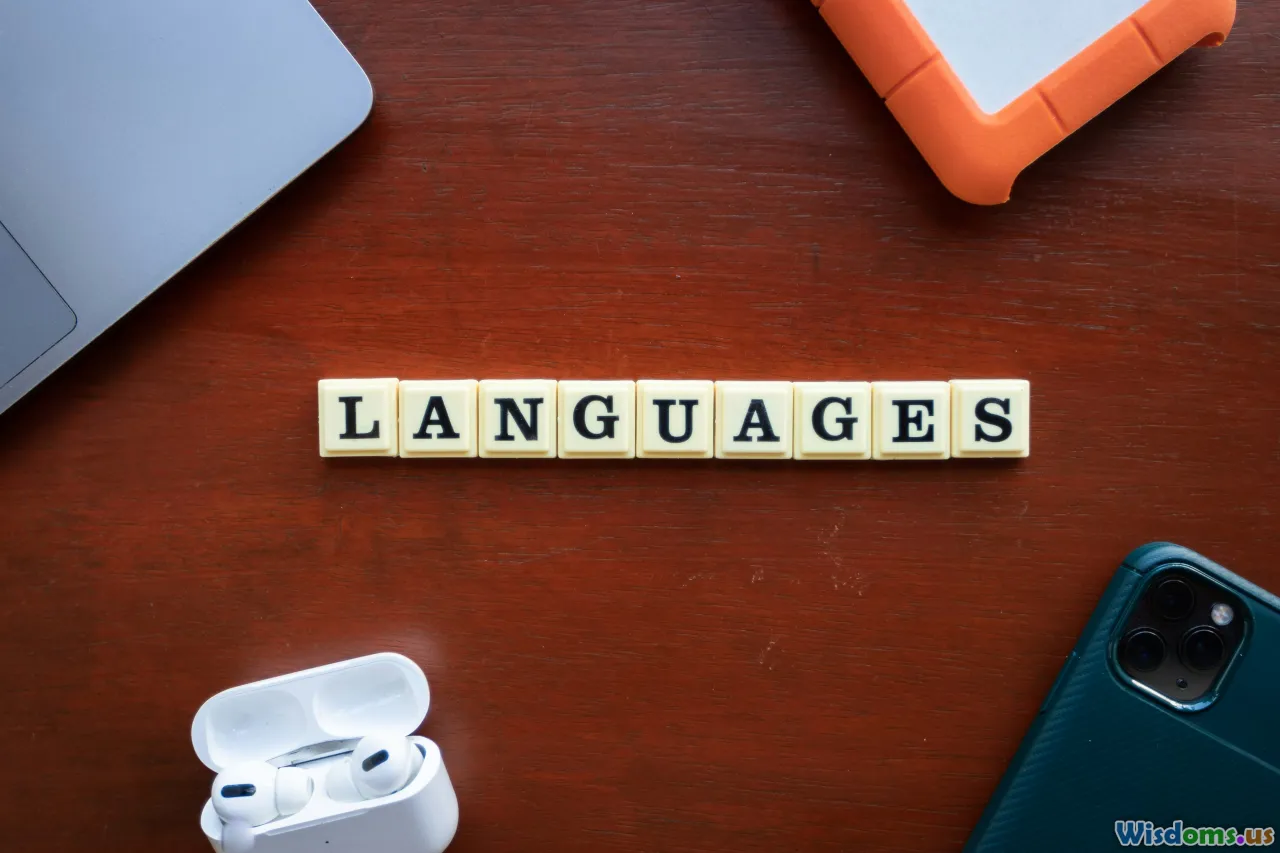
Language has long been linked with the left hemisphere—a finding first observed in the 19th century by Paul Broca and Carl Wernicke. This preference is found in about 90-95% of right-handed individuals.
Broca’s Area: The Speech Architect
Broca’s pioneering patient, “Tan,” could only utter one syllable but understood speech—exposing the left frontal lobe's importance for speech output. Today, Broca’s area is seen as essential for:
- Grammatical processing and syntax (e.g., ordering words in a sentence)
- Word generation and fluency
- Motor aspects of speech, supported by speech therapists in patients with expressive aphasia
Wernicke’s Area: The Understanding Engine
When the left superior temporal gyrus is damaged, patients display fluent, yet nonsensical speech. They have impaired comprehension. For instance:
- "Word salad": grammatically intact but meaningless sentences
- Difficulty following spoken or written commands ("Show me the book")
Lesion and Imaging Evidence
Lesions, fMRI scans, and even intracranial monitoring confirm robust language activation in the left perisylvian cortex. For instance, reading aloud or silent word generation clearly "lights up" Broca's and Wernicke's areas in the left hemisphere.
Beyond Words: English Isn’t Everything — The Right Hemisphere’s Language Functions

If the left hemisphere is the syntax and semantics engine, the right hemisphere is the story’s director, infusing words with tone, context, and shared meaning.
Prosody: Meaning through Melody
Prosody refers to intonation, rhythm, and emotional coloring in speech. The right hemisphere processes:
- Rising pitch in excitement (“Wow, really?!”)
- Sarcasm (“I really enjoyed that meeting.”)
- Differentiating question from statement by intonation
For example, the sentence “That was great” can be enthusiastic, dryly sarcastic, or neutral—distinctions conveyed explicitly through right hemispheric prosody processing.
Social and Emotional Overlays
The right hemisphere excels in interpreting facial expressions, gestures, and context—crucial for navigating irony, humor, or subtext. Patients with right-sided damage may:
- Miss jokes or metaphors (take everything literally)
- Have flat emotional expression (monotone speech)
- Struggle with social cues and pragmatic language
Real-Life Example: RHD and Conversation
Individuals with right hemisphere dysfunction (RHD) might not recognize when to yield the conversational floor or detect sarcasm in a friendly exchange. Their literal interpretations can lead to awkward or misunderstood social interactions.
Developmental and Individual Differences: Language Lateralization Is Not Absolute

Although language dominance is typically ascribed to the left hemisphere, this isn’t a hard-and-fast rule. Modern neuroimaging and studies shed light on exceptions and variability:
Handedness
- Right-handed (>90%): Majority have left hemisphere dominance for language.
- Left-handed/ambidextrous: Greater probability of bilateral or even right-hemispheric language dominance.
Age and Neuroplasticity
Children who lose the left language areas (due to perinatal stroke, for instance) can frequently reorganize language to the right hemisphere—a remarkable demonstration of neuroplasticity.
Gender Differences
Some studies suggest females may have more bilateral representation (greater right-hemisphere engagement) than males, although these differences are modest and sometimes contested.
Example: Functional MRI Variability
Comparative fMRI studies show that during language tasks, activation patterns can subtly—but meaningfully—differ between individuals, especially when factoring in bilingualism, training, or trauma.
Disorders Illuminating Hemispheric Differences

Examining language disorders in clinical settings lays bare the unique (and sometimes overlapping) responsibilities of each hemisphere.
Aphasia (Classic Left Hemisphere Lesions)
- Broca’s aphasia: Halting, effortful speech with relatively preserved understanding.
- Wernicke’s aphasia: Fluent, but nonsensical output with impaired understanding.
Therapies often rely on harnessing residual left-language areas or training the right hemisphere to support lost functions.
Right Hemisphere Damage (RHD) Syndromes
Post-injury, patients may:
- Fail to tailor language to audience
- Show lack of affect in speech
- Misinterpret indirect requests ("Could you open the window?" interpreted as a literal question of physical ability, not a polite directive)
- Display “flat” or disengaged alterity in conversation
Case Insights: Rehabilitation Strategies
Modern therapies for aphasia often include prosody and pragmatics, tapping the right hemisphere’s strengths. For instance, music therapy (melodic intonation therapy) leverages preserved singing ability (right-sided) in left-brain stroke patients, helping some regain spoken language fluency.
Technologies Revealing the Language Brain in Action
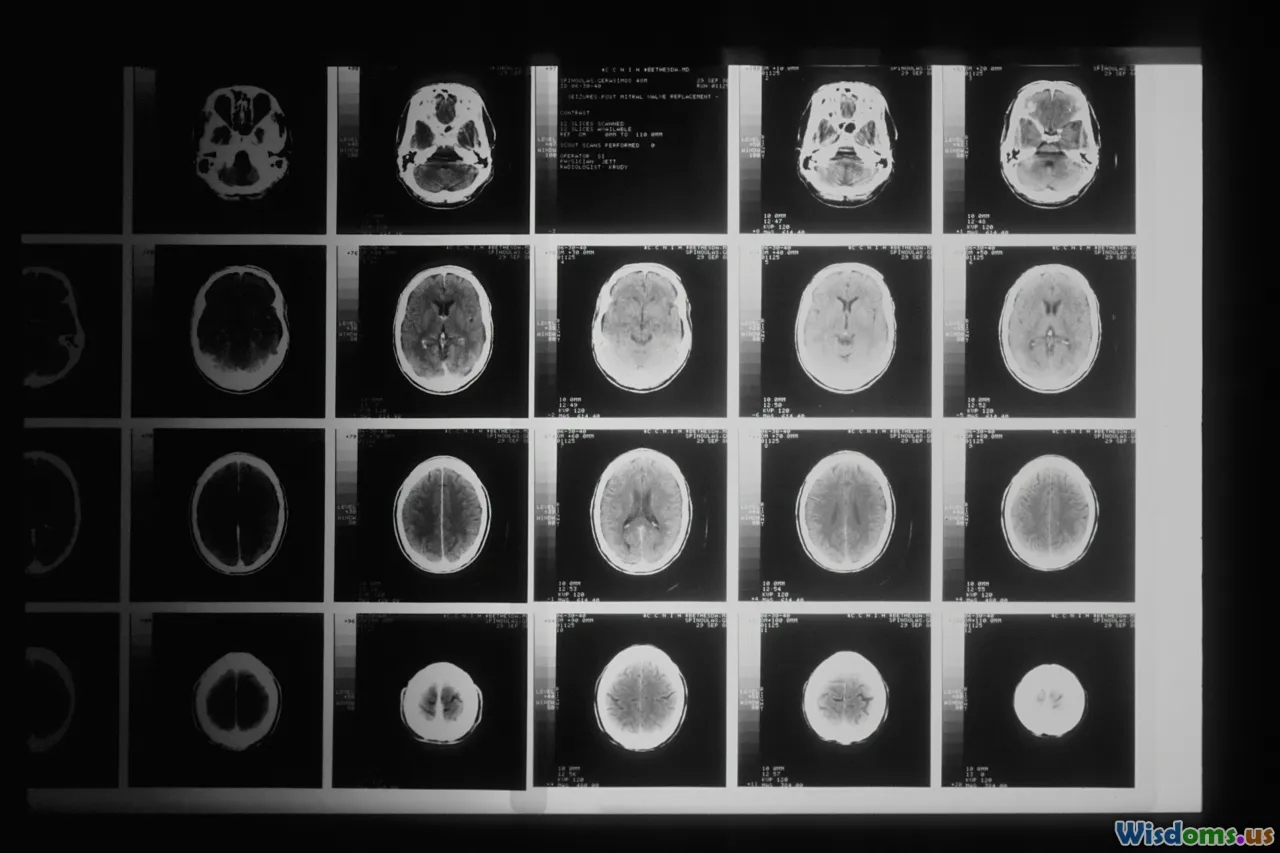
Recent advances place our understanding not in theoretical realms but in colorful, live-scanned evidence.
Brain Imaging
- fMRI (functional MRI): Captures real-time blood flow associated with linguistic—not just speech—processing.
- PET scans: Pinpoint glucose uptake during reading, speaking, or storytelling.
Both technologies show robust left-side activation for grammatical, lexical, or phonetic processing. However, emotional prosody, metaphors, and inference induce bright activations in parallel right hemisphere territories.
Split-Brain Research
Studies with split-brain patients (corpus callosum severed, usually for epilepsy treatment) provided powerful, direct insights:
- Only information presented to the left hemisphere (via the right visual field) could typically be named verbally.
- Objects presented to the right hemisphere (left visual field) could be understood, drawn, or handled—but not named—demonstrating the non-verbal but comprehending role of the right side.
Such studies elegantly dissociate the hemispheres’ distinct linguistic capabilities while highlighting the necessity of inter-hemispheric communication for optimal language performance.
The Role of Inter-Hemispheric Connectivity: The "Corpus Callosum Effect"
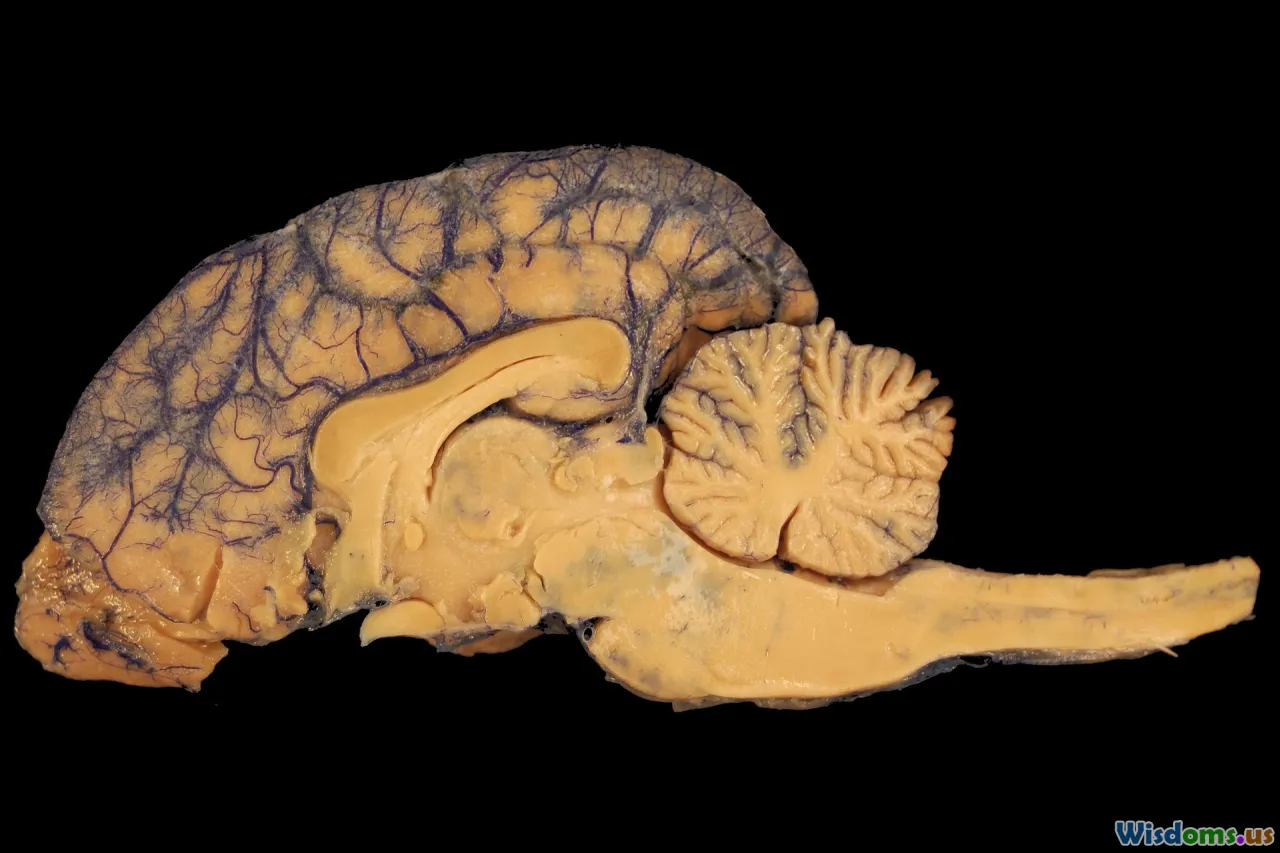
While the talk of left-right divides is appealing, the human brain's subtleties run deeper. The corpus callosum, the thick tract of nerve fibers uniting the two hemispheres, is indispensable:
- Integrates literal (left) and nuanced (right) processing
- Bilateral exchange ensures sophisticated language output—melding logic and emotion, rule and rhythm
In callosal agenesis or severe injury, language can be rigid or mismatched emotionally, reaffirming the bridge built by shared processing.
How to Support and Harness Both Hemispheres in Language Learning
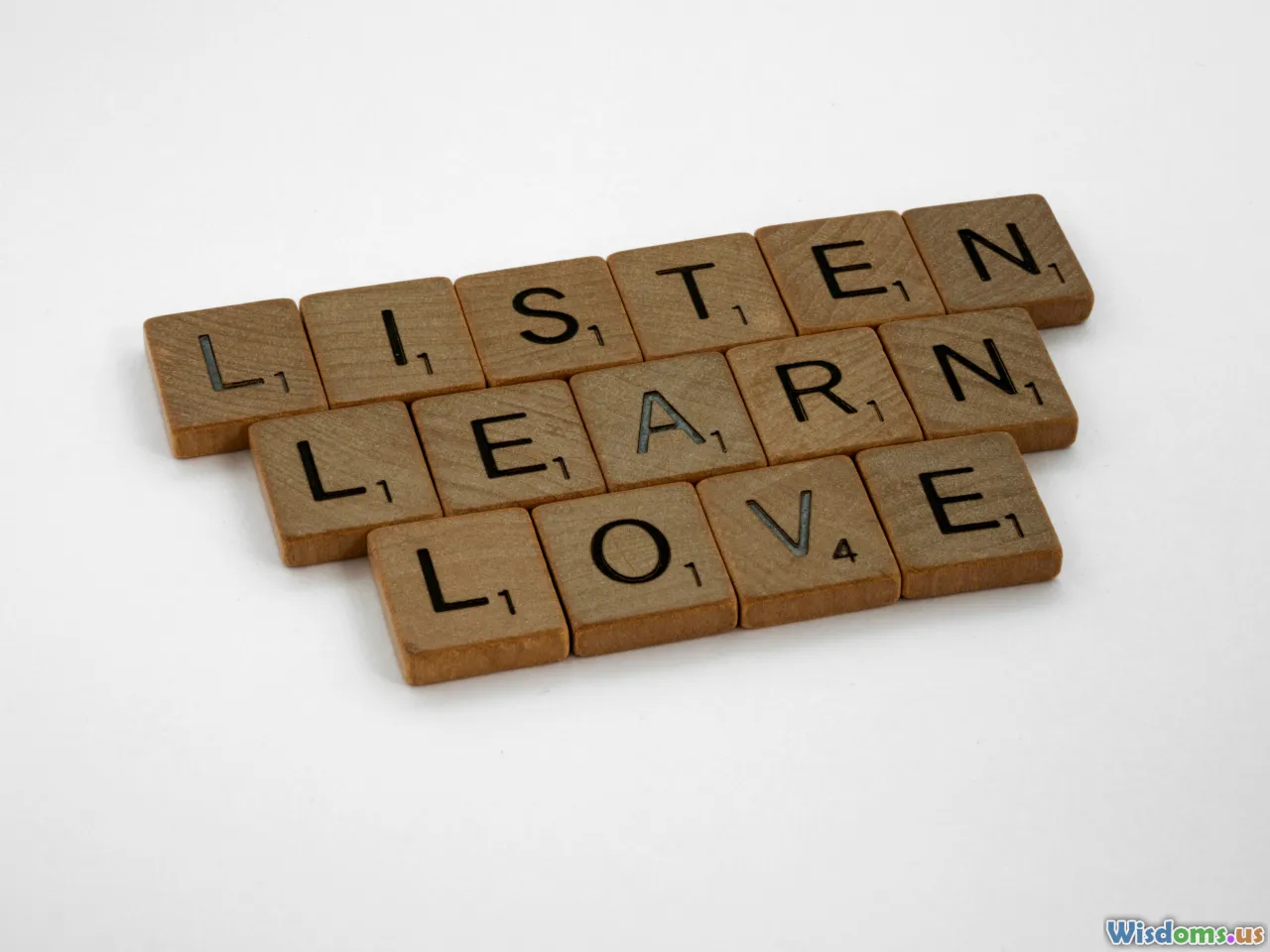
Understanding both hemispheres does more than satisfy academic curiosity. Educators, clinicians, and learners alike can draw upon these insights to fuel lasting language mastery and recovery.
Actionable Tips:
- Musical Integration: Use melody, rhythm, or singing to activate right-hemisphere prosody and support left-hemisphere linguistic rules.
- Metaphor and Humor: Incorporate figurative language, double meanings, and playful jokes to drive right-sided engagement.
- Pragmatic Scenarios: Practice social language—role plays, varied intonations, and nonverbal cues—for whole-brain engagement.
- Visual Supports: Leverage right hemisphere skills with visual aids, gestures, and imagery.
- Read Aloud: Combine speech production, emotional tone, and comprehension in one activity, strengthening cross-hemispheric communication.
Employing strategies that touch both literal and creative language elements leads to deeper, more resilient learning—whether in children developing language for the first time or adults recovering from injury.
Current Research Horizons: What Lies Ahead?

Every decade, neuroscience reveals more nuance in hemispheric specialization—and its fluidity. Current frontiers include:
- Bilingualism: How does managing two (or more) languages reshape hemispheric roles?
- Neural plasticity: Can we train one hemisphere to compensate for the other after injury, and how well?
- Genetic contributions: Are there genes dictating hemispheric predisposition for language?
- Artificial Intelligence: Computational modeling of left/right hemisphere functions is informing speech recognition and natural language processing in AI systems.
Pioneering work with advanced imaging and machine learning is now mapping the interplay of networks, rather than isolated nodes—a shift towards seeing language as the orchestration of a symphony, not the solo performance of a principal player.
Our understanding of language's cerebral choreography is far from static. The reverberating interplay between the left and right hemispheres, connected by intricate neural highways, enables us not just to speak, read, and write—but also to tell stories, convey emotions, and connect as human beings. For scientists, clinicians, and learners, appreciating these dual contributions is the first step toward more effective therapy, teaching, and self-understanding.
Rate the Post
User Reviews
Popular Posts










